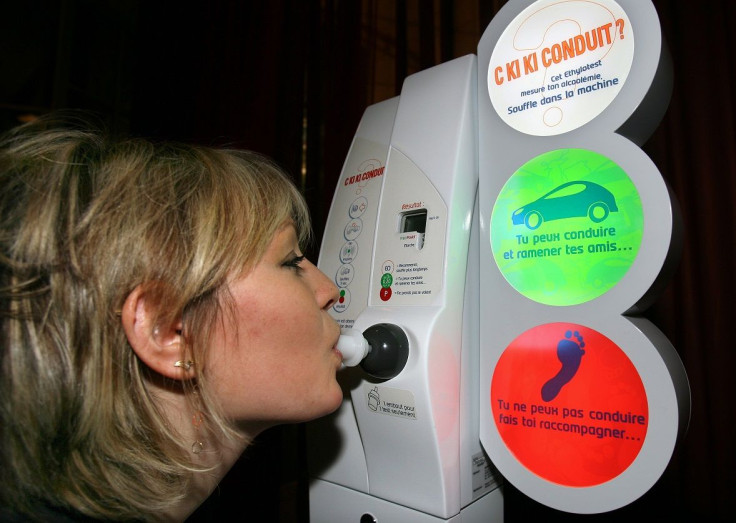Victoria to test alco-gates to prevent drunk-driving offences

Swedish-style “alco-gates” will be tested in Victoria in a bid to prevent drunk drivers from hitting the roads. Breathalysers will be linked to boom gates at select carparks, requiring motorists to provide a breath sample before they are allowed to exit an establishment.
The Transport Accident Commission of Victoria has secured funding for the alcohol detention units, which are similar to the gates introduced by the National Swedish Police Board in 2014. TAC will install the alco-gates at licensed venues for trials next year.
Should a driver record a breath test over the .05 limit, the carpark boom gates would remain lowered, preventing the driver to leave. The driver would then have to “sober up” or make another transport arrangement.
“When people get off the port at the ferry [in Sweden], they go through boom gates that they have to breathe into to check their BAC [blood alcohol concentration] levels. And if they’re OK to go, they get sent through the boom gates,” TAC’s Samantha Buckis said (via the ABC). “We’ll start off with one venue initially, just to see if it works in our context. It seems to be quite successful. It’s been very much a deterrence approach, so hoping that people don’t drink and drive.”
Buckis added that the commission is still studying how the logistics would work in the state. “It’s likely to be manned, even if it’s not policed, with people who could assist with moving cars out of the way.”
The alco-gates are part of the $1 billion Towards Zero 2016-2020 road strategy Premier Andrew Daniels has introduced for the state. Towards Zero also includes plan to reduced fatigue on the roads, with $850,000 fund allocated to create the world’s first fatigue test for drivers. Drivers awake for more than 17 hours have the same level of impairment as drivers who have BAC level of 0.05 percent.
The Victorian government hopes to decrease 20 percent of road deaths, as well as 15 percent of serious injuries by 2020.






